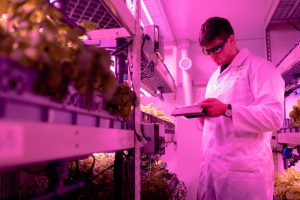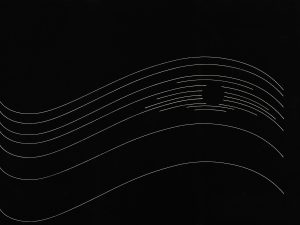Exploring the Fascinating Intersection of Design and Transportation
The intersection of design and transportation may seem like an unlikely pairing, but upon closer examination, it becomes clear that these two industries are deeply intertwined. Design plays a crucial role in shaping the way we interact with transportation systems, and transportation has a significant impact on the design of our built environment. From cars and airplanes to urban planning and mobility solutions, the relationship between design and transportation is fascinating and complex.
The Evolution of Transportation Design
The history of transportation design can be traced back to the early development of human civilization. From the invention of the wheel to the first steam-powered locomotive, humans have always been driven to improve and innovate our modes of transportation. As technology advanced, so did the design of vehicles, with a focus on functionality, speed, and safety. However, it wasn’t until the mid-20th century that design began to play a more significant role in transportation.
In the 1950s and 60s, the automotive industry started to pay attention to the aesthetic appeal of cars, with manufacturers hiring designers to create more visually appealing vehicles. This trend continued into the 1970s, with the rise of automobile ‘styling’ – the practice of adding decorative elements to cars to make them more visually appealing. The iconic designs of cars such as the Ford Mustang and the Volkswagen Beetle not only revolutionized the automotive industry but also set the stage for the intersection of design and transportation.
The Impact of Design on Transportation Safety
While the aesthetic appeal of vehicles is essential, design also plays a crucial role in transportation safety. The design of a car can significantly impact its crashworthiness and the safety of its occupants. In recent years, advancements in vehicle design, such as airbags, seatbelts, and crumple zones, have made automobiles much safer than they were previously. Additionally, advancements in design and technology have improved the safety of transportation infrastructure, such as bridges and roads, making travel safer and more efficient.
Transportation as a Catalyst for Urban Design
Beyond the design of individual vehicles and infrastructure, transportation has a significant impact on the design of the built environment. The rise of automobiles and the development of highways in the mid-20th century led to a significant shift in urban planning. Cities that were once designed for pedestrians and public transport were now being designed for cars, resulting in the creation of sprawling suburbs and the decline of vibrant city centers.
However, as cities become more crowded and concerns over climate change continue to grow, there is a renewed focus on creating more sustainable and livable urban spaces. This shift has led to the rise of new transportation options, such as bike-sharing programs, electric scooters, and ridesharing services. These alternative modes of transportation not only have the potential to reduce carbon emissions, but they also force designers and planners to rethink the way we design and use our cities.
The Future of Design and Transportation
The intersection of design and transportation continues to evolve and shape our world. As advancements in technology continue to push the boundaries of what is possible, we can expect to see innovations in transportation design that we never thought possible. From self-driving cars to flying taxis, the future of transportation is both exciting and challenging for designers.
However, design and transportation will also continue to face various challenges, such as sustainability, accessibility, and equity. As designers, engineers, and planners, it’s essential to consider these factors in our work to create a more inclusive and sustainable future. Design and transportation are no longer just about the functionality and aesthetic appeal of vehicles and infrastructure. It’s about reimagining the way we move through our world and how our built environment is designed, taking into account the needs of all individuals.
Conclusion
The fascinating intersection of design and transportation is evident in every aspect of our lives. From the cars we drive to the cities we live in, design and transportation impact how we move, interact, and experience the world around us. As we continue to push the boundaries of what is possible, it’s essential to consider the impact of design on transportation and vice versa, ensuring a more sustainable, equitable, and captivating future for all.











